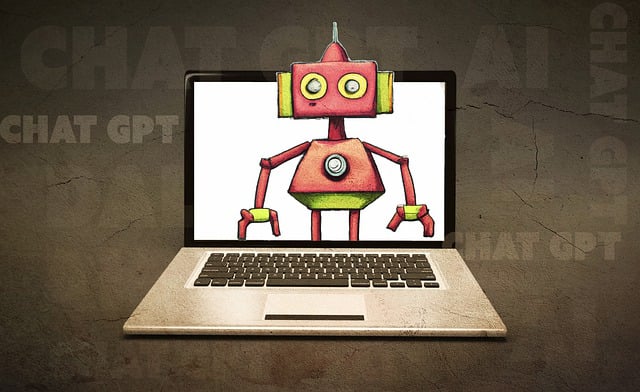Artificial intelligence (AI) is the latest technology revolutionizing the way businesses, healthcare organizations, and educational institutions operate. AI tools and frameworks allow businesses, healthcare organizations, and educational institutions to automate mundane, repetitive tasks and processes, freeing up valuable time and resources to focus on more important objectives. AI tools and frameworks are also being used to improve customer service, increase efficiency, and reduce costs, making them invaluable assets for any organization. In this blog post, we will explore the different AI tools and frameworks available today and discuss how they can be used to improve businesses, healthcare organizations, and educational institutions.
When it comes to AI tools and frameworks, there are several different types available. Machine learning is a type of AI that uses algorithms to learn from data and make predictions. Natural language processing (NLP) is another type of AI that is used to understand and interpret natural language. Computer vision is an AI technology that uses algorithms to identify objects in images and videos. Finally, robotics is an AI technology that allows robots to interact with their environment and complete tasks.
Businesses are using AI tools and frameworks to automate mundane tasks, such as data entry and customer service. For example, AI chatbots can be used to answer customer inquiries, allowing businesses to provide faster and more efficient customer service. AI can also be used to analyze customer data and make predictions about customer behavior, allowing businesses to better understand their customers and create more targeted marketing campaigns. Finally, AI can be used to automate mundane tasks such as data entry and bookkeeping, freeing up valuable time and resources for more important tasks.
Healthcare organizations are using AI tools and frameworks to improve patient care and reduce costs. AI can be used to diagnose diseases and recommend treatments more accurately, leading to better patient outcomes. AI can also be used to analyze patient data and predict patient outcomes, allowing healthcare organizations to better allocate resources and reduce costs. Finally, AI can be used to automate mundane tasks such as data entry and billing, freeing up valuable time and resources for more important tasks.
Educational institutions are using AI tools and frameworks to improve the learning experience for students. AI can be used to personalize learning experiences and provide tailored recommendations based on individual student needs. AI can also be used to automate grading and provide feedback to students more quickly. Finally, AI can be used to analyze student data and make predictions about student performance, allowing teachers to better understand their students and provide more effective instruction.
In conclusion, AI tools and frameworks are revolutionizing the way businesses, healthcare organizations, and educational institutions operate. AI is being used to automate mundane tasks, improve customer service, and reduce costs, making it an invaluable asset for any organization. AI is also being used to diagnose diseases, personalize learning experiences, and provide tailored recommendations, allowing businesses, healthcare organizations, and educational institutions to improve the quality of their services. As AI technology continues to evolve, we can expect to see even more applications for AI tools and frameworks in the future.

